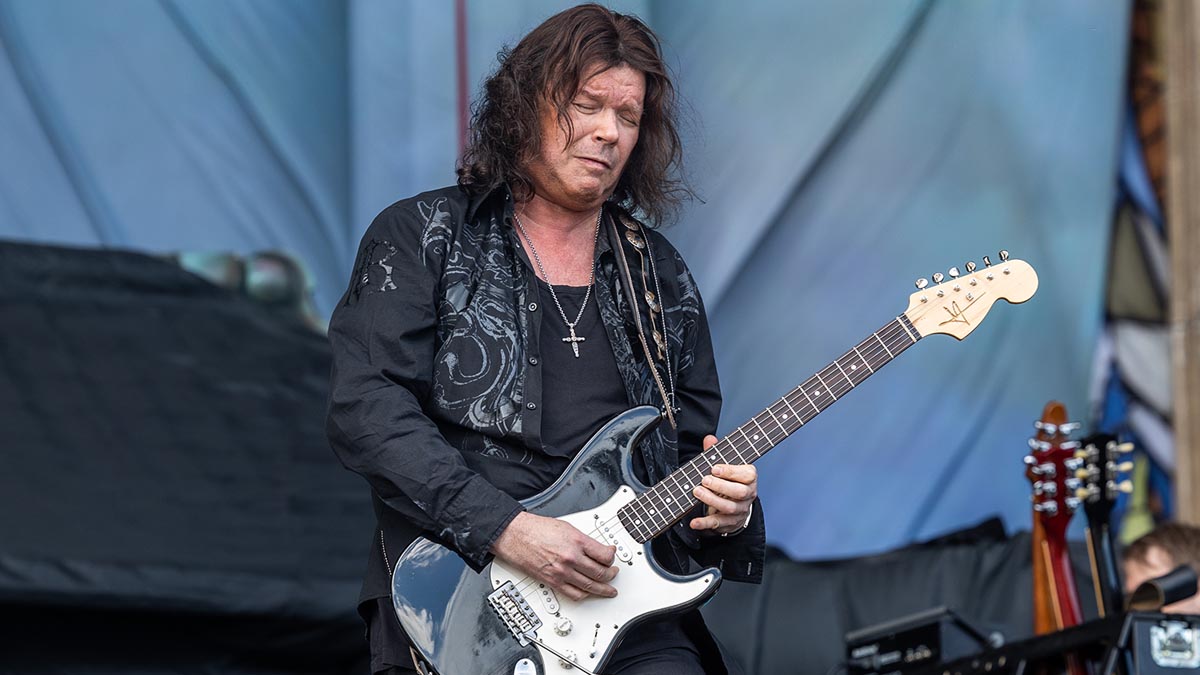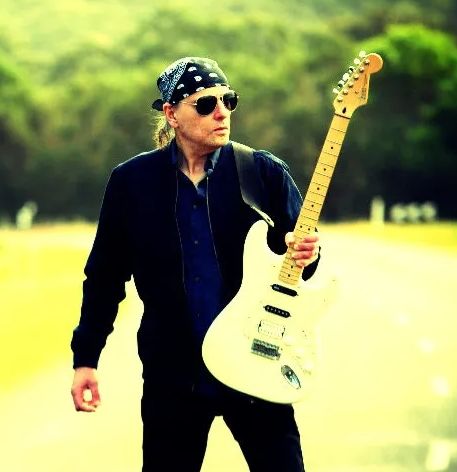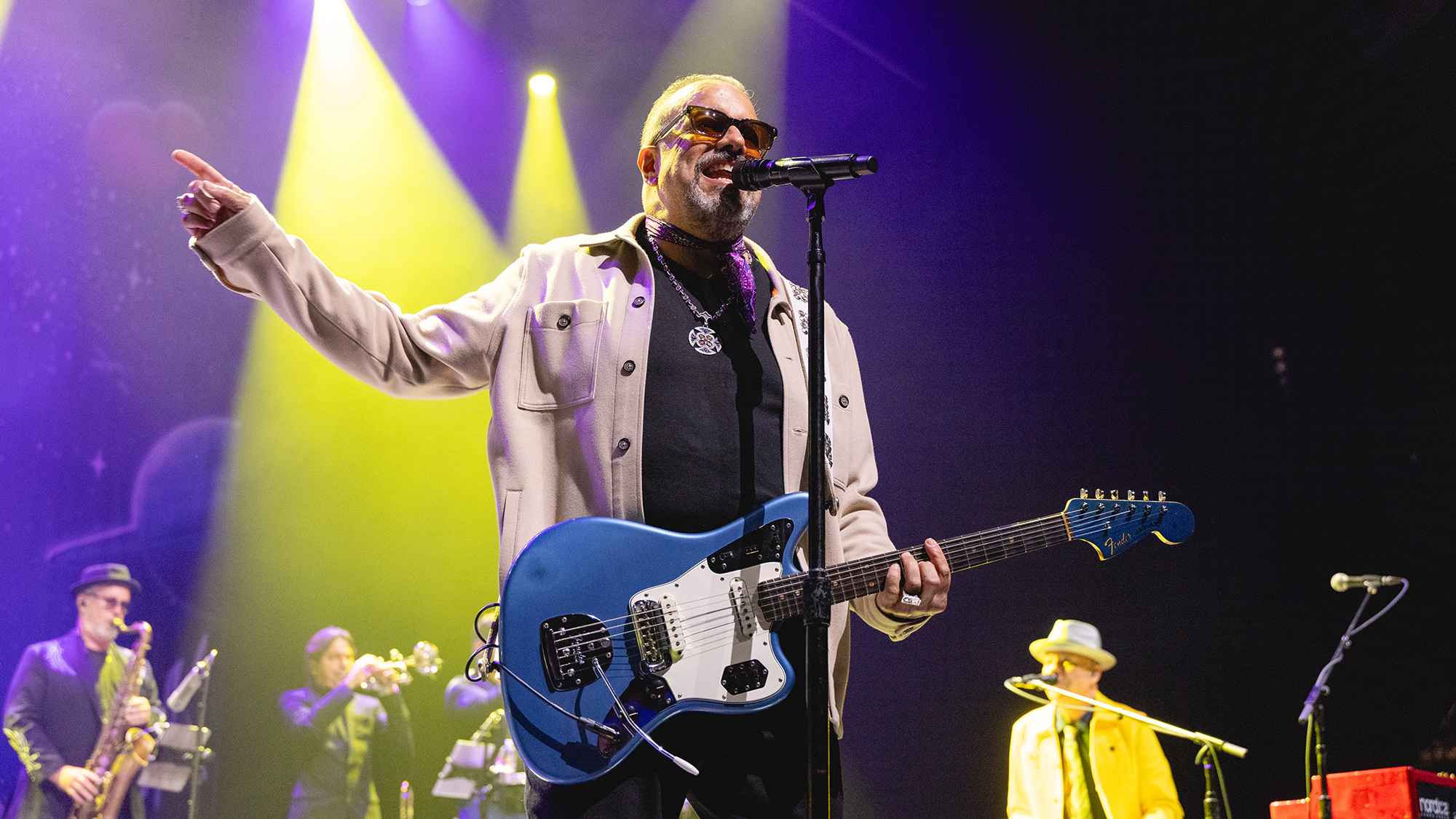“In the ’80s, I was very much into playing fast and wanting to be the best. Later on I realized it was just a waste of time”: Europe’s John Norum on the one guitar he kept from the Final Countdown era, and what he learned from Don Dokken
As Norum gets ready to work on a new Europe album, the Swedish six-string maverick pops by to share his most embarrassing moment onstage and famous firsts

If there is one thing that John Norum knows how to do it is picking up an electric guitar and teasing a melody out of it. This is a skill that has served him well over the years.
His ear for a hook has made Europe one of hard rock’s most enduring bands, with a catalog populated by tracks that once heard are never forgotten.
With the Swedish rock institution braced to head back into the studio, Norum picked up the phone to GW for a quick-fire Q&A, talking first guitars, first gigs, and the answers to the important questions in any player’s career – most embarrassing onstage moments? And what guitar would you save if your house was on fire?
What was your first guitar?
“A Japanese-made Arbiter, which I got when I was around 12. It had an SG-style body with a Fender headstock and a tremolo bar.”
What was the first song you learned to play?
“My mom played acoustic, so she showed me my first chords. Because she was into Elvis, she taught me songs like Jailhouse Rock and Hound Dog.”
All the latest guitar news, interviews, lessons, reviews, deals and more, direct to your inbox!
What was your first gig?
“I was about 14 and it was at this school-dance thing in Upplands Väsby, a town just outside of Stockholm where I grew up. It was a three-piece band with me — the original drummer in Europe, Tony Reno, and a bass player called Peter Olsson. We played cover songs from Deep Purple and UFO.”
Ever had an embarrassing moment on stage?
“It was during the Scandinavian tour we did for The Final Countdown in 1986. It was the last gig of the tour in Stockholm, in front of a home crowd. We were excited and ran out on stage, and I tripped on a cable. When we began the first song, I didn’t realize the cable had broken, so it was dead quiet, and this whole thing was being filmed for TV! We had to stop, change the cord and start the whole thing over again.”
What’s your favorite piece of gear?
“My first real amp that I got back in the ’70s, a Marshall ’68 Super Lead plexi. I’d been in the hospital for seven weeks after I had an accident, and my mom wanted to give me something special. It cost her a hundred dollars.”
The building is burning down; what one guitar would you save?
“My ’65 Strat, which I’ve had since 1984 and which has a very unique tone. I’ve used it on pretty much every album since 1984. It’s been on at least a couple of songs on each record.
“It’s what I used on The Final Countdown solo, and I used it exclusively on my first solo album [Total Control], which came out in ’87. The whole album is just that guitar. It’s also the only guitar I still have from the ’80s, so it has a lot of history.”
What’s the last time you practiced, and what did you play?
“Last night, though I was really only noodling. I was sitting at home, messing around because we’re going to start working on a new Europe album soon.”
In the '80s, I was very much into playing fast and wanting to be the best and all that stuff. Later on I realized it was just a waste of time
What aspect of the guitar would you like to be better at?
“To not just play licks and fast runs and things like that. It’s just pretty pointless to me at this time. In the ’80s, I was very much into playing fast and wanting to be the best and all that stuff. Later on I realized it was just a waste of time.
“I try to keep the playing as melodic as possible. I’ll always try to come up with a melody, kind of like how a singer does, so I’ll listen to what’s going on in the chorus and vocals. When I come to do a guitar solo, I’ll take a piece from either vocal or chorus line and add that into the solo.”
What advice would you give to your younger self?
“I should’ve made my focus a bit more on the rhythm side of playing. I was pretty much just playing leads instead of focusing on groove and rhythm. I didn’t become a good rhythm player until I started working with Don Dokken on his Up from the Ashes album in 1990. That’s when I realized how important it was.
“I learned a lot from working with Don. In the studio he’d often say, ‘It doesn’t groove enough, so do it again.’ And because we all played live in the studio, the rhythm and groove became very important. It was hard work at first, but after a while I enjoyed it. Guitar is not just about playing lead; rhythm is very important.”
Joe Matera is an Australian guitarist and music journalist who has spent the past two decades interviewing a who's who of the rock and metal world and written for Guitar World, Total Guitar, Rolling Stone, Goldmine, Sound On Sound, Classic Rock, Metal Hammer and many others. He is also a recording and performing musician and solo artist who has toured Europe on a regular basis and released several well-received albums including instrumental guitar rock outings through various European labels. Roxy Music's Phil Manzanera has called him, "... a great guitarist who knows what an electric guitar should sound like and plays a fluid pleasing style of rock." He's the author of Backstage Pass: The Grit and the Glamour.

